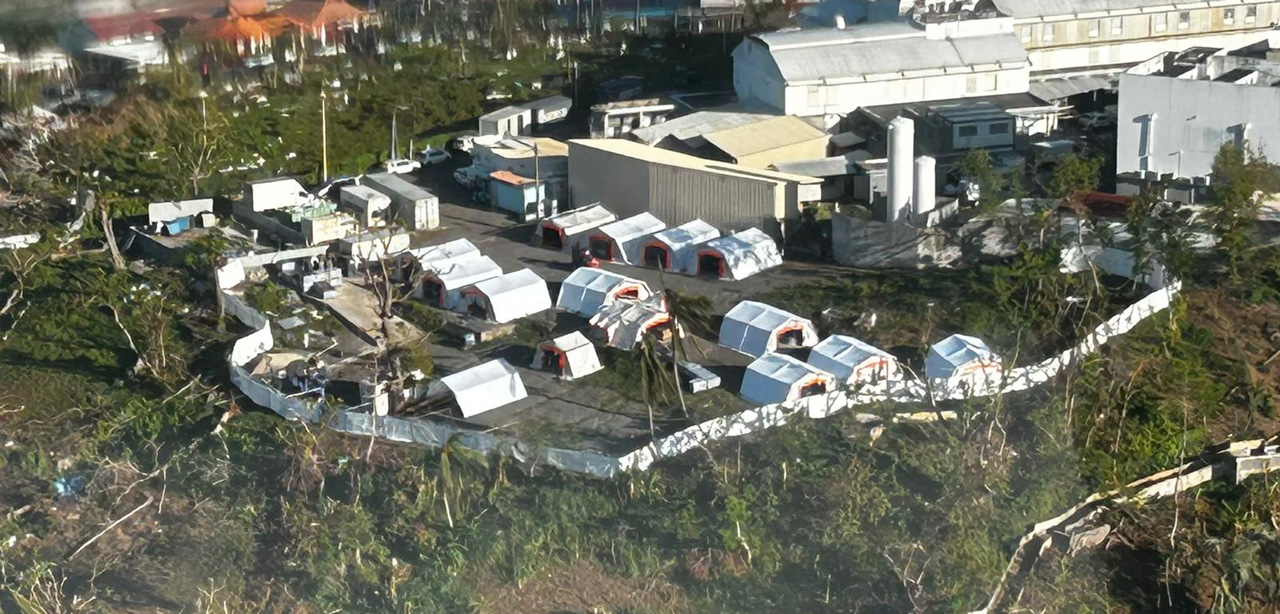BACKGROUND: Used widely for centuries, lead is a common environmental pollutant. As a cumulative toxic, its presence in the body is always evidence of exposure, and health effects occur without threshold. Though regulated by European directives, lead requires close monitoring due to its environmental persistence and toxicity. METHODS: The first data source was the French surveillance system for monitoring childhood lead poisoning, which records the screening results of children (-18 years), providing data on their temporal and geographical distribution, characteristics, and risk factors. The second data source was Esteban, a cross-sectional study conducted in 2014-2016 on a random sample of the French population as part of the human biomonitoring program. The Esteban lead study concerns 904 children (6-17 years) and 999 adults (18-74 years), providing data on biological samples, sociodemographic characteristics, occupational exposure, environmental and dietary factors. RESULTS: The surveillance system highlighted that lead poisoning affected 10% of children screened between 2015 and 2018. The main risk factor remains housing. Esteban confirmed this observation, finding a general mean of blood lead level (BLL) at 9.9 and 18.5 μg/L for children and adults, respectively. In children, parents" occupation increased BLLs. In adults, the greatest exposure factors were smoking, age, place of residence, alcohol, bread-based products, and homegrown livestock products. In both, drinking tap water and year of housing construction increased BLLs. CONCLUSIONS: The surveillance system showed a high number of children with lead poisoning despite the implementation of prevention measures, which mainly concern lead paints in old and degraded homes. To help identify children at risk, healthcare providers need to know about exposure from housing and the emerging sources identified in the Esteban survey. Despite lower BLLs, the well-known risk factors of lead exposure persist, meaning prevention efforts must continue in order to limit their impact on the population.
Auteur : Oleko Amivi, Pecheux Marie, Saoudi Abdesattar, Zeghnoun Abdelkrim, Hulin Marion, Le Barbier Mélina, Menard Céline, Denys Sébastien, Fillol Clémence
Environmental research, 2022, vol. 213, p. 113630


